Ireland’s Climate Change Crisis: What’s Really Happening in 2025?
Ireland’s Climate Change Crisis: What’s Really Happening in 2025? Ireland climate change is accelerating at an alarming rate, with average temperatures having risen by approximately
Ireland, often celebrated for its lush green landscapes and pristine coastlines, faces a growing threat from multiple forms of pollution that tarnish its emerald image. From the rolling farmlands to bustling urban centres, Ireland grapples with a cocktail of environmental challenges. Agricultural runoff seeps into rivers and streams, choking aquatic life with excess nutrients. The air in cities like Dublin sometimes hangs heavy with particulate matter, a silent menace to respiratory health. Once-crystal-clear waters now bear the burden of plastic waste, with microplastics infiltrating marine ecosystems. Industrial emissions from factories and power plants contribute to both air and water pollution, leaving an indelible mark on Ireland’s natural beauty.
The environmental impact of this pollution paints a stark picture of ecological distress. Biodiversity in Ireland’s waterways is under siege, with species like the freshwater pearl mussel teetering on the brink of extinction due to water pollution. Air quality issues in urban areas have been linked to increased rates of asthma and other respiratory ailments, particularly affecting vulnerable populations. The plastic scourge along Ireland’s coastlines not only mars the landscape but also poses a lethal threat to marine life, with seabirds and fish often falling victim to ingestion or entanglement. In response to these pressing issues, the Irish government has implemented several policies aimed at curbing pollution. These include stricter regulations on agricultural practices, investments in renewable energy to reduce industrial emissions, and a nationwide ban on single-use plastics. While these initiatives mark a step in the right direction, the battle against pollution in Ireland remains an ongoing challenge that requires continued vigilance and collective action.
{{locationDetails}}
Ireland, often celebrated for its lush green landscapes and pristine coastlines, faces a growing threat from multiple forms of pollution that tarnish its emerald image. From the rolling farmlands to bustling urban centres, Ireland grapples with a cocktail of environmental challenges. Agricultural runoff seeps into rivers and streams, choking aquatic life with excess nutrients. The air in cities like Dublin sometimes hangs heavy with particulate matter, a silent menace to respiratory health. Once-crystal-clear waters now bear the burden of plastic waste, with microplastics infiltrating marine ecosystems. Industrial emissions from factories and power plants contribute to both air and water pollution, leaving an indelible mark on Ireland’s natural beauty.
The environmental impact of this pollution paints a stark picture of ecological distress. Biodiversity in Ireland’s waterways is under siege, with species like the freshwater pearl mussel teetering on the brink of extinction due to water pollution. Air quality issues in urban areas have been linked to increased rates of asthma and other respiratory ailments, particularly affecting vulnerable populations. The plastic scourge along Ireland’s coastlines not only mars the landscape but also poses a lethal threat to marine life, with seabirds and fish often falling victim to ingestion or entanglement. In response to these pressing issues, the Irish government has implemented several policies aimed at curbing pollution. These include stricter regulations on agricultural practices, investments in renewable energy to reduce industrial emissions, and a nationwide ban on single-use plastics. While these initiatives mark a step in the right direction, the battle against pollution in Ireland remains an ongoing challenge that requires continued vigilance and collective action.

Ireland’s Climate Change Crisis: What’s Really Happening in 2025? Ireland climate change is accelerating at an alarming rate, with average temperatures having risen by approximately

As a founder, product lead at Pinterest and PM for a couple products at Google, as well as a growth partner for Initialized Capital, I’ve

Enterprise applications are complex — there is an insane amount of information that is to be displayed that contains data from various sources, modules and users. There
